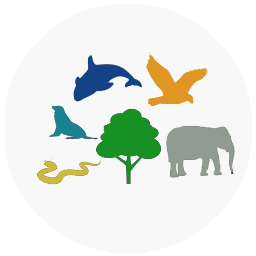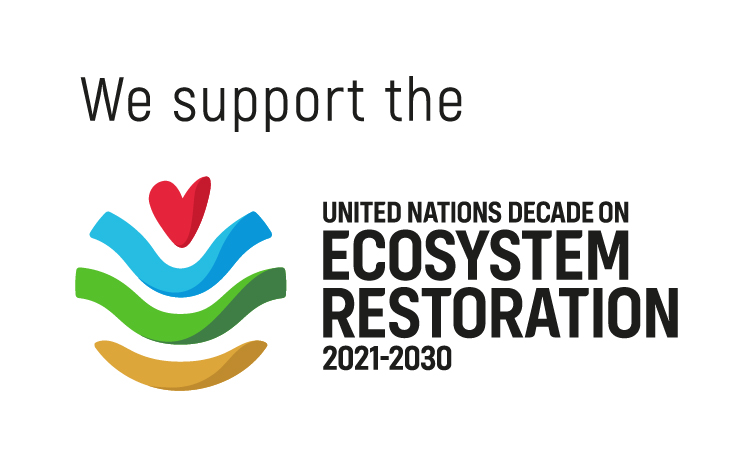Trees for Red Pandas
Gnathang, Sikkim, India
Available for Adoption upto: 50,000 Trees
Project Purpose
Trees for Forests™ & WildlifeLocation

In FY 2024-25, we will plant 50,000 trees in Gnathang, Pakyong, East Sikkim, India.

Enhancement of
Biodiversity

Carbon Sequestration

Increase in
Green Cover

Reduction of
Man-Animal Conflict

Improvement of
Wildlife Habitats






Why Trees?
Sikkim houses an unparalleled richness of biodiversity, serving as a natural sanctuary for various flora and fauna. Among its charismatic inhabitants is the Red Panda, an iconic species revered for its unique appearance and ecological significance. Listed as Endangered in the IUCN Red List of Threatened Species and under Schedule I of the Indian Wildlife (Protection) Act, 1972, the Red Panda has the highest legal protection in the country.[1] In India, this elusive species is found in Sikkim, Arunachal Pradesh and the Northern part of West Bengal. Being the state animal of Sikkim, this underscores the need to safeguard this rare species in the region.
A case study published in the Journal of Biodiversity and Conservation - the Status of Red Panda in Sikkim highlights the importance of preserving the fragile balance of Sikkim’s montante ecosystems to safeguard the red panda population.[2] With its dense forests and diverse ecoregion, Sikkim provides an ideal habitat for these elusive creatures. However, increasing human activities, habitat fragmentation and climate change pose significant threats to their survival. Recent studies, such as the one published in the Journal of Wildlife Management, have raised concerns about the declining habitat quality of red pandas in Pangolakha Wildlife Sanctuary.[3] Factors such as deforestation, human encroachment, and climate change are endangering the delicate balance of this unique ecosystem, putting the red pandas at risk of extinction.
To address these challenges, we have developed a tree plantation project focusing on implementing effective mitigation measures. By working closely with local communities and authorities, we aim to reduce human-wildlife conflict and promote sustainable land management practices. These efforts are crucial for creating a safe and conducive environment for red pandas and associated wildlife to thrive in the region.
Tree Species
By restoring native vegetation and creating corridors for wildlife movement, this project aims to enhance the habitat quality for red pandas and other species dependent on this ecosystem. For this tree plantation project, we have carefully selected tree species that will create a diverse and resilient forest landscape that supports biodiversity and ecological balance. We will plant trees such as Kapasey (Acer campbellii), Guras (Rhododendron sp.), Laal chimal (Rhododendron barbatum), Tengre salla (Picea smithiana) and Sukpa (Juniperus indica). These species will provide fodder, flowers, fruit and timber.
Social Impact
We are committed to involving the local communities across our tree plantation projects, enabling them to earn a sustainable livelihood. They are involved every step of the way; from nurturing saplings in the nursery to transporting and planting them in the field. We have an inclusive policy and we encourage women to take part in our plantation activity as well.
Groundwater recharge is a vital process wherein water, primarily from rainfall and other sources, permeates into the ground, replenishing underground water sources. This is crucial for ensuring an adequate supply of water for various essential purposes such as drinking, agriculture, and other human needs. Trees play a pivotal role in mitigating water runoff, offering significant benefits to the community. Not only do trees help prevent soil erosion, but they also address the pressing issue of water scarcity in the region.
To ensure that our tree plantations yield the best result and to maximise their environmental impact, we conduct thorough assessments of planting sites and meticulously select local tree species that harmonise well with the local environment and accommodate the needs of the local community.
Trees play a vital role as carbon sinks, absorbing carbon dioxide from the atmosphere. Once the tree matures, it can sequester up to 20 kg of CO2 every year, contributing to cooler temperatures and reduced environmental stressors.
[2] Ghose, P. S., Sharma, B., Chakraborty, R., & Legshey, K. (2011). Status of Red Panda in Sikkim: a case study in east Sikkim. Biodiversity of Sikkim–exploring and conserving a global hotspot. Information and Public Relations Department, Government of Sikkim, 363, 378.
[3] Ghose, Partha S & Sharma, Basant & Chakraborty, Rajarshi & Legshey, Karma. (2011). STATUS OF RED PANDA IN SIKKIM: A CASE STUDY IN EAST SIKKIM. 10.13140/2.1.1666.8802.









